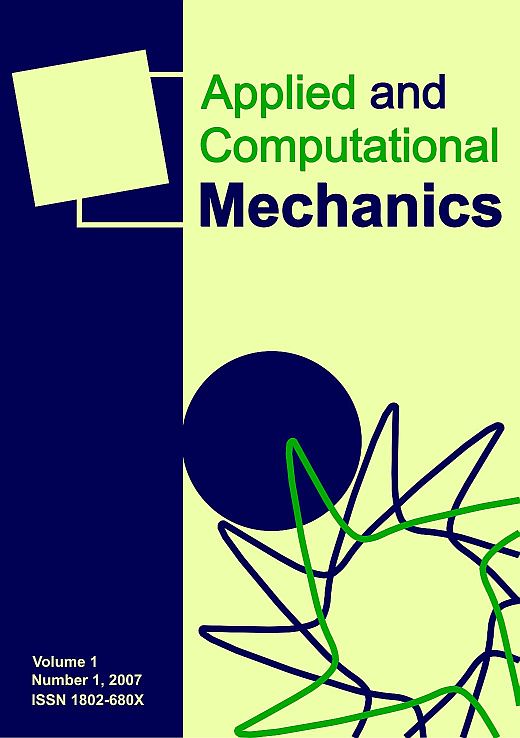Numerical analysis of a pedestrian to car collision: Effect of variations in walk
Keywords:
human body model, car-to-pedestrian collision, gait modelling, pedestrian velocity, injury predictionAbstract
This work is focused on the modelling of car to pedestrian crash scenario. Virtual hybrid human body model VIRTHUMAN as well as a simplified model of car chassis is modelled under Virtual Performance Solution software. The main idea of the work is the investigation and sensitivity analysis of various initial conditions of the pedestrian during frontal car crash scenario, such as position of the extremities due to different step phases or turning of the pedestrian around his own axis. The experimental data of human gait measurement are used so that one human step is divided into 9 phases to capture the effect of walk when the pedestrian crosses a road. Consequently, the influence of different initial conditions on the kinematics, dynamics of the collision together with injury prediction of pedestrian is discussed. Moreover, the effect of walk is taken into account within translational velocities of the full human body and rotational velocities of the extremities. The trend of the injury prediction for varying initial conditions is monitored. The configurations with zero and non-zero initial velocities are compared with each other, in order to study the effect of walking speed of the pedestrian. Note that only the average walking speed is considered. On the basis of the achieved results, the importance or redundancy of modelling the walking motion and the consideration of different step phases in the car-pedestrian accident can be examined.Downloads
Published
31-Dec-2016
Issue
Section
Articles
License
Copyright (c) 2017 Applied and Computational Mechanics

This work is licensed under a Creative Commons Attribution 4.0 International License.
How to Cite
“Numerical analysis of a pedestrian to car collision: Effect of variations in walk” (2016) Applied and Computational Mechanics, 10(2). Available at: https://acm.kme.zcu.cz//article/view/321 (Accessed: 30 July 2025).







